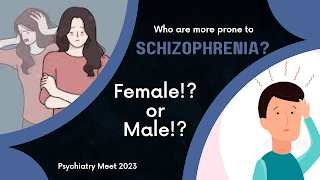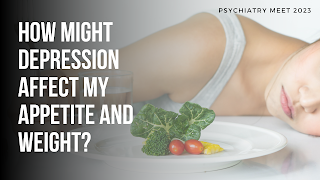Who are more prone to Schizophrenia? Male or Female!?
About one in one hundred people may have schizophrenia at some point in their lifetime, making it one of the most severe mental diseases. Men and women respond to the disease differently in terms of age of onset, symptoms, disease severity, and number of treatments. Women have relatively late disease onset with more emotional symptoms, whereas men exhibit an earlier age at onset, a stronger inclination to negative symptoms, worse social functioning, and co-morbid drug misuse.
According to clinical observation,
schizophrenia is one of many mental illnesses that affect men and women
differently in terms of prevalence, symptoms, and treatment outcomes. Recent
genetic studies indicate that there are sizable sex-specific pathways in
schizophrenia between men and women, even if the aetiology of gender
differences in schizophrenia is only partially understood.
There are several stages in the lifespan where
the incidence of schizophrenia onset peaks for both men and women. Men's
incidence onset rates peak in their early twenties, and there is evidence of a
second peak in their mid-thirties. There is a comparable pattern for women,
with peaks in their early 20s and middle age. Additionally, studies have shown
that women reached a tertiary high in the early 1960s. In the early twenties
through middle age, men experience higher frequency rates of onset than women;
beginning in late middle age, women experience higher frequency rates of onset.
Several studies indicate that schizophrenia and first-episode
psychosis are less incident in women than in men but, in the case of women, it
seems that the prognosis of the illness, the social functioning and the
response to treatment is better.




Comments
Post a Comment